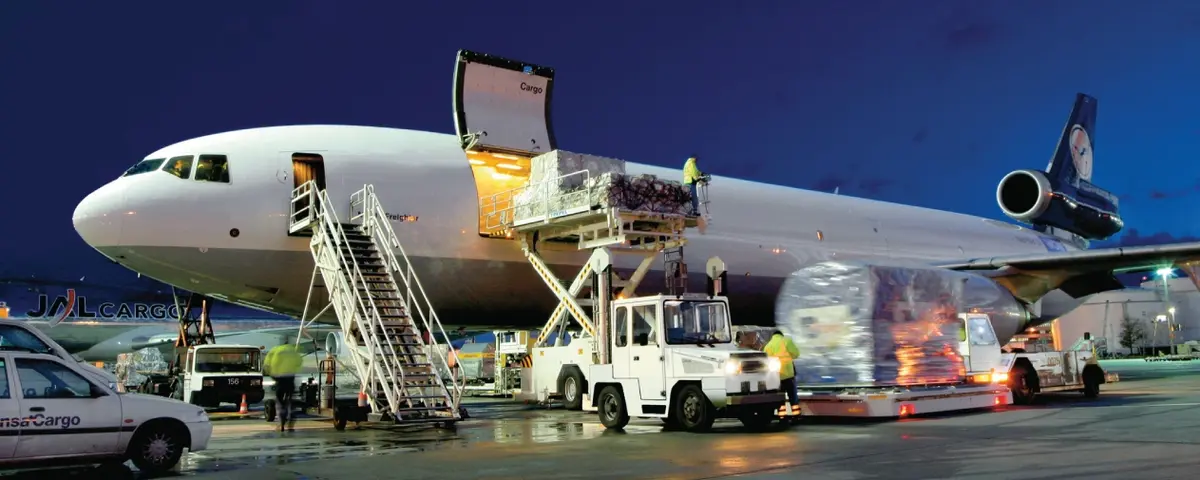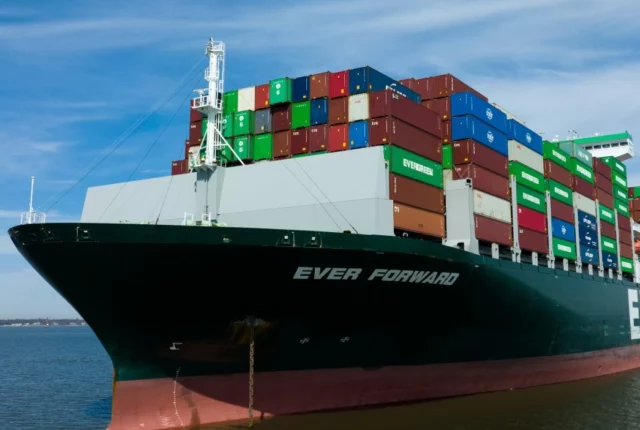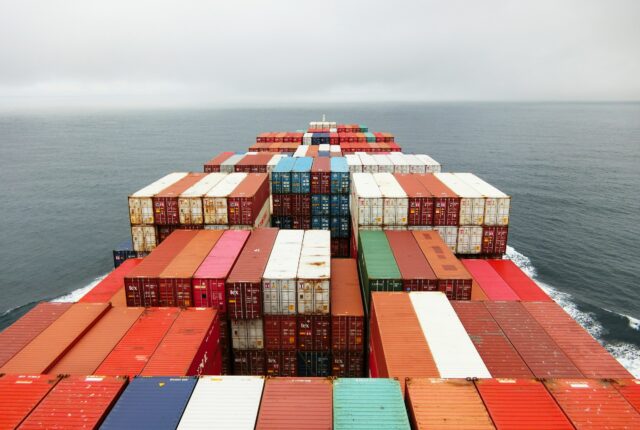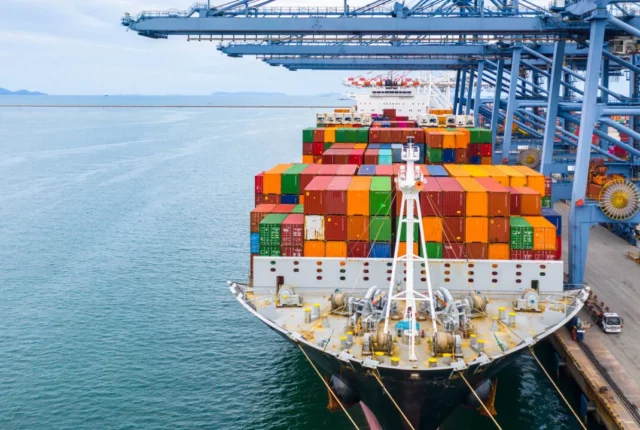
Altitude and Efficiency: Maximizing Productivity in Air Freight Operations
Air freight operations are a critical component of the global supply chain, and their efficiency directly impacts the economy. This article delves into the relationship between altitude and efficiency in air freight, exploring strategies and innovations to maximize productivity.
Definition of Altitude and Efficiency
Before delving into the specifics, it’s essential to understand the terms “altitude” and “efficiency” in the context of air freight. Altitude refers to the height above a specific reference point, while efficiency involves achieving maximum output with minimum resources.
Importance of Productivity in Air Freight Operations
The competitive nature of the air freight industry necessitates a focus on productivity. Efficient operations not only reduce costs but also contribute to timely deliveries, customer satisfaction, and overall business success.
Factors Affecting Altitude and Efficiency
Aircraft Performance
The type and condition of aircraft significantly impact altitude and efficiency. Modern, fuel-efficient planes with advanced navigation systems can operate at optimal altitudes, minimizing fuel consumption and maximizing speed.
Weather Conditions
Weather conditions pose a constant challenge to air freight efficiency. Turbulence, storms, and adverse weather can affect flight paths and fuel efficiency. Adapting to these conditions is crucial for maintaining consistent productivity.
Technological Advancements
Advancements in aviation technology play a pivotal role in optimizing air freight operations. Improved communication systems, real-time data analytics, and predictive maintenance contribute to enhanced efficiency.
Strategies for Maximizing Altitude and Efficiency
Optimal Route Planning
Careful route planning, considering factors like wind patterns and air traffic, can significantly impact altitude and efficiency. Utilizing advanced software for route optimization ensures the selection of the most cost-effective paths.
Fuel Efficiency Measures
Reducing fuel consumption is a primary focus in air freight. Employing fuel-efficient engines, implementing lightweight materials in aircraft construction, and promoting efficient flight procedures contribute to sustainability and cost-effectiveness.
Load Optimization
Efficient load distribution is essential for maintaining proper altitude and optimizing fuel efficiency. Implementing smart cargo loading practices ensures that the aircraft operates within optimal parameters.
Crew Training and Performance
Well-trained and skilled flight crews contribute directly to efficient operations. Ongoing training programs and performance assessments help ensure that the human factor complements technological advancements.
Technological Innovations in Air Freight
Advancements in Aircraft Design
Innovative aircraft designs, such as blended wing bodies and next-generation propulsion systems, are reshaping the air freight industry. These designs enhance fuel efficiency, reduce emissions, and increase overall productivity.
AI and Automation in Operations
The integration of artificial intelligence and automation in air freight operations streamlines processes, reduces human error, and enhances overall efficiency. Automated navigation, cargo handling, and maintenance procedures contribute to a more productive workflow.
Environmental Considerations
Sustainable Practices in Air Freight
Addressing environmental concerns is pivotal for the air freight industry’s sustainable future. Implementing sustainable practices, such as the use of biofuels and eco-friendly materials, reduces the overall environmental impact of air freight operations.
Carbon Footprint Reduction
Measuring and actively working to reduce the carbon footprint is not only an ethical consideration but also aligns with the growing demand for environmentally responsible business practices. Carbon offset programs and investments in green technologies are becoming standard in the industry.
Future Trends
Emerging Technologies
The future of air freight operations holds exciting possibilities with emerging technologies. Electric propulsion, hyperloop cargo systems, and advancements in materials science are among the trends that could reshape the industry.
Regulatory Changes
Anticipating and adapting to regulatory changes is crucial for maintaining efficiency in air freight. Compliance with evolving standards and regulations ensures that operations remain in line with industry expectations.
Conclusion
Maximizing productivity in air freight operations requires a multifaceted approach, addressing factors like altitude, efficiency, and environmental impact. As technology continues to evolve, and the industry navigates through challenges, a commitment to innovation and sustainability will be key to future success.
FAQs
Q: How does altitude affect fuel efficiency in air freight?
A: Altitude impacts air density, affecting aircraft fuel efficiency. Higher altitudes generally allow for more fuel-efficient operations.
Q: What role does weather play in air freight efficiency?
A: Weather conditions can disrupt flight paths and affect fuel efficiency. Adapting to changing weather is crucial for maintaining productivity.
Q: What are some sustainable practices in air freight?
A: Sustainable practices include the use of biofuels, eco-friendly materials, and carbon offset programs to reduce the environmental impact of air freight.






